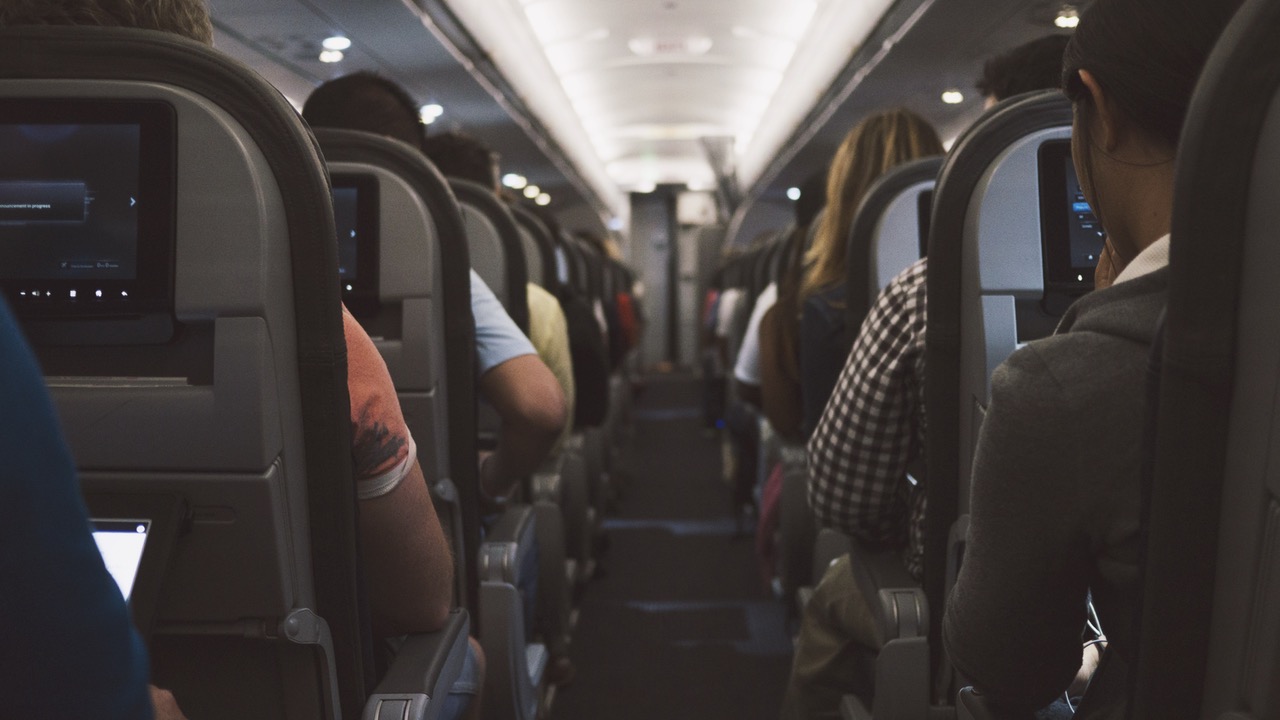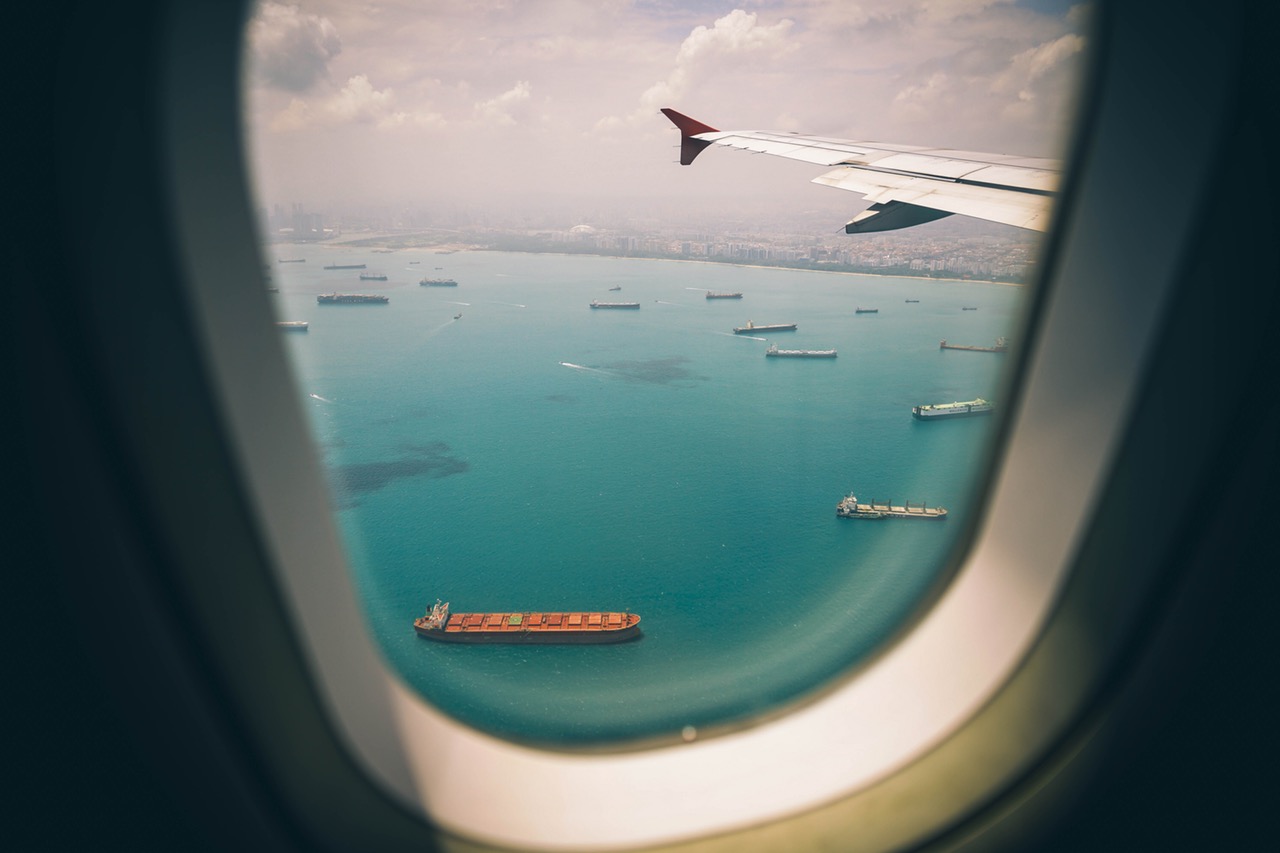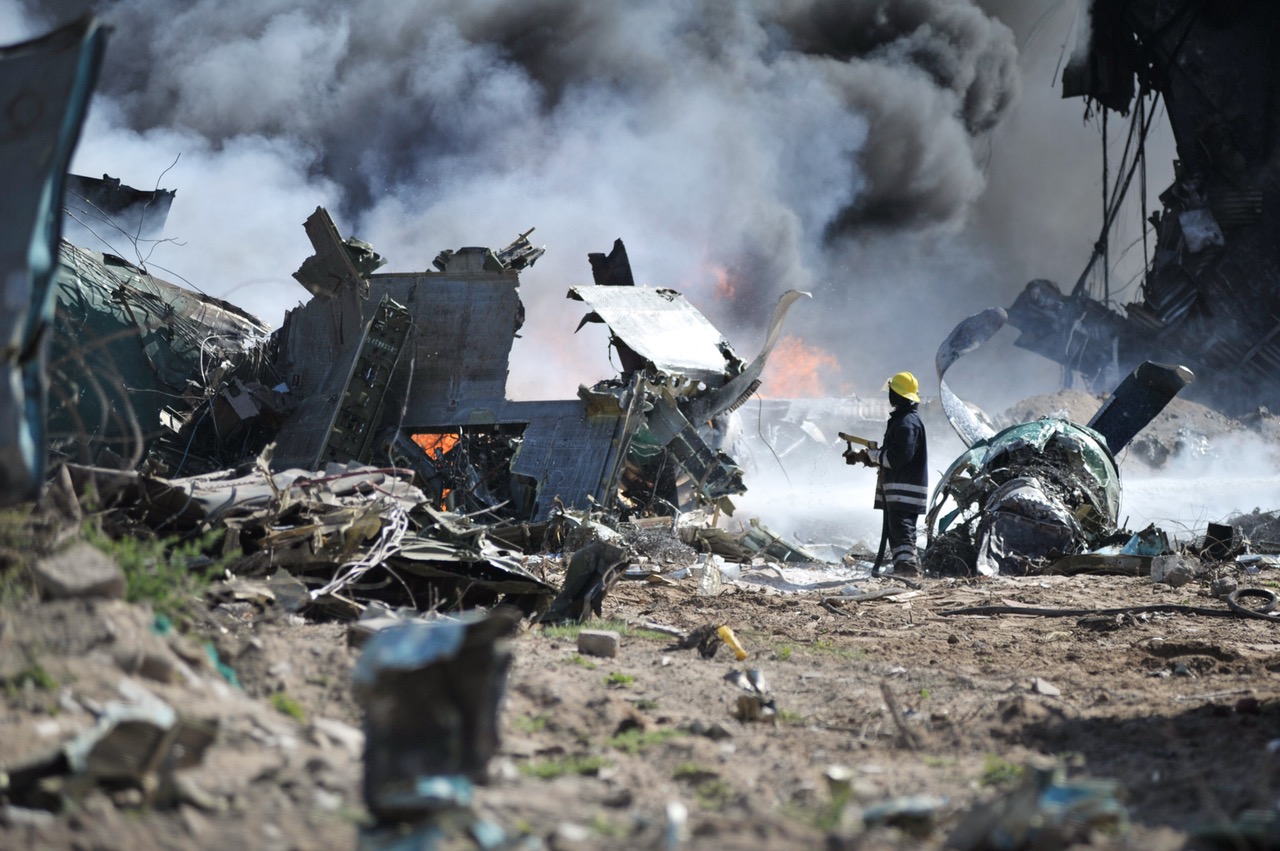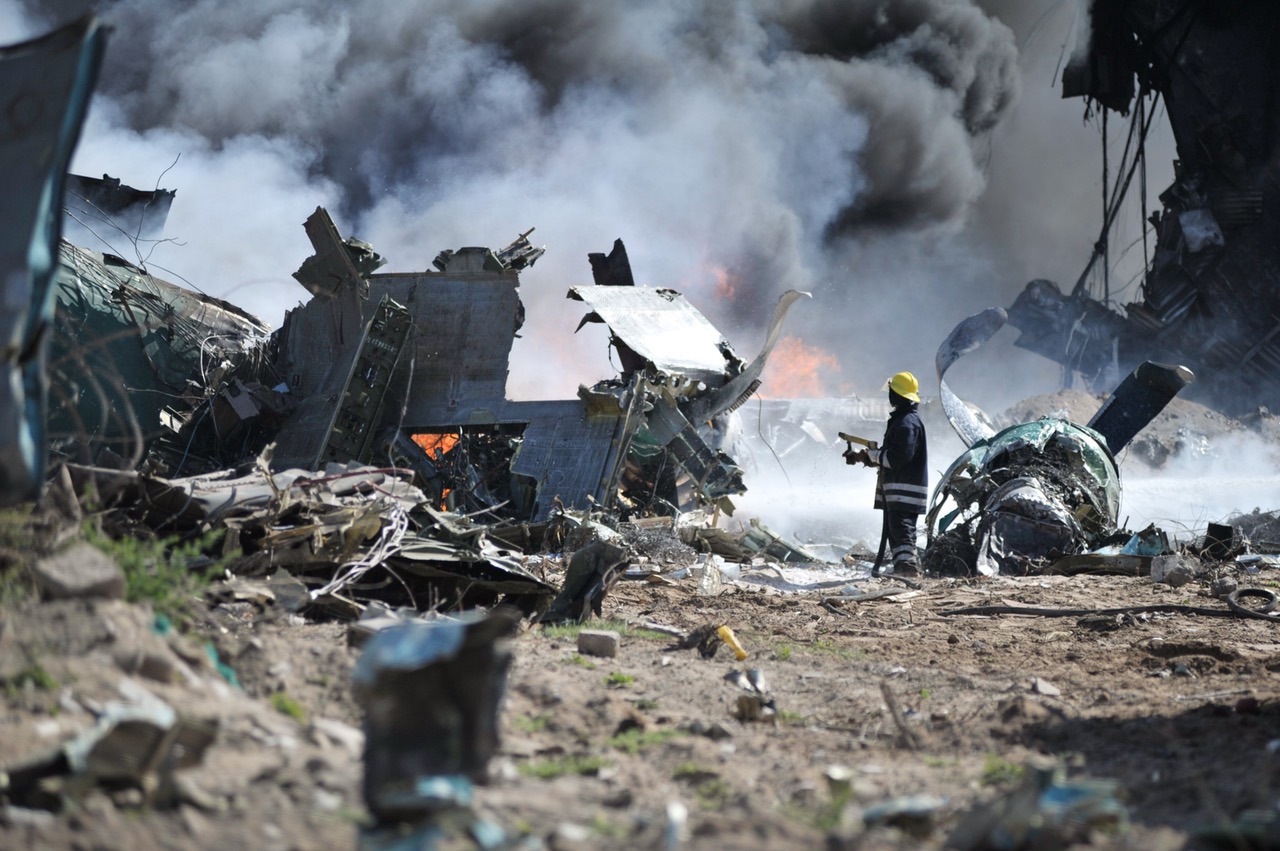How To Survive A Plane Crash
When a plane crash comes to mind, the image you probably see is one of a plane crashing directly into the ground, followed by a magnificent explosion in which no one could possibly survive.
We have these images mostly as a result of what we see in films and TV shows, but the reality is that most plane crashes are not nearly this catastrophic. In fact, over ninety five percent of people who have been involved in plane crashes have survived, and even when you narrow the figure down to plane crashes that involved fire, the survival rate is still above seventy five percent.
This not only means that finding yourself in a plane crash doesn’t guarantee your death, but your chances of survival are actually greater than the chances of you dying.
Nonetheless, your chances of survival in a plane crash will always go up if you know what to do, and that’s where these tips will come in handy:
Keep Your Seat Belt On
First things first, keep your seat belt on at all times when you are in an airplane. If you fail to keep your seatbelt on during a plane crash, the force you will feel from the impact will be much greater, and thus the possibility of you suffering a severe injury goes up significantly.

Be Calm
Secondly, be calm. Do not allow your panic to overwhelm you. Breathing slowly in and out is one of the best things you can do to calm yourself both physically and mentally. You’ll be able to make clearer headed decisions in a situation where every second counts as a result.
Assess What’s Happening
Next, assess what’s happening. If it’s determined that the plane is going to crash, try to look outside to figure out where it is likely going to crash. If you see that it’s going to land in the water, you need to put your life vest on. Make sure your jacket is zipped or buttoned up and that your shoes are tightened as tightly as they can.

Put On Your Oxygen Mask
The next thing you need to do is put on your oxygen mask. Should anything happen to the air in the cabin, you will only have fifteen seconds to put on your oxygen mask before you’ll become unconscious. In addition, if you see any passengers around you struggling to put on their oxygen masks (such as children or the elderly), be sure to assist them AFTER putting on your own.
Brace For Impact
The plane is going to crash very soon, so you need to physically brace yourself for the force of the impact. The best way to brace for impact will be to push yourself against the seat that’s in front of you.
Bend forward, place one hand over the other, and then place your hands on the seat in front of you. Keep your head down and rest your head against the back of your hands. DO NOT lace your fingers together.
Please continue reading below
Evacuate The Airplane
Once the airplane has hit the ground (or water), your next objective is to get out of the plane as quickly as possible. As a general rule of thumb, you will have approximately ninety seconds at best before a fire will engulf the plane. If any fire or smoke is already present, then you probably have even less than that.
Something that many people aren’t aware about is that very few people are actually killed as a result of the plane crashing. Rather, they are killed in the aftermath of the crash, and the cause of death is almost always related to fire.

That being said, getting out of the plane (especially if it’s a commercial airliner) is going to be difficult because of how chaotic the situation will be. All of the other passengers are going to be trying to get out as quickly as possible, so you need to search for the quickest exit route possible and take it.
Remember to be calm and don’t push or shove any passengers aside in an attempt to get out of the plane. That’s only going to make the situation worse, not to mention that it could cause someone to become seriously injured and result in them not being able to leave the plane.
A natural instinct you may have, and it’s perfectly normal, is to search for your belongings to bring them with you. This is a big and potentially fatal mistake. Remember that you only have ninety seconds to get out of the plane (and perhaps even less than that), so you’re just wasting time by trying to bring your possessions with you.
Your principle goal right now is to get out of the wreckage. If you have family members or friends with you, absolutely ensure that they get out with you, but any physical belongings need to be left behind if they aren’t already on you.
Get Away From The Crash Site
Once you have gotten yourself physically out of the plane, the next thing for you to do is to get as far away from the site as possible. As a golden rule, there should be a minimum of five hundred feet of distance between you and the wreckage.
It’s a very real possibility that an explosion could happen after the crash, so five hundred feet between you and the plane is not at all excessive.

Wait For Help
At this point, the only thing left for you to do is to wait for help. Don’t try to search for help on your own and discourage anyone else from doing so. Everyone needs to be together, and the chances are high that help will be on the way soon anyway.
If you have any comments then please drop us a message on our Outdoor Revival Facebook page
If you have a good story to tell or blog let us know about it on our FB page, we’re also happy for article or review submissions, we’d love to hear from you.
We live in a beautiful world, get out there and enjoy it.
Outdoor Revival – Reconnecting us all with the Outdoors





